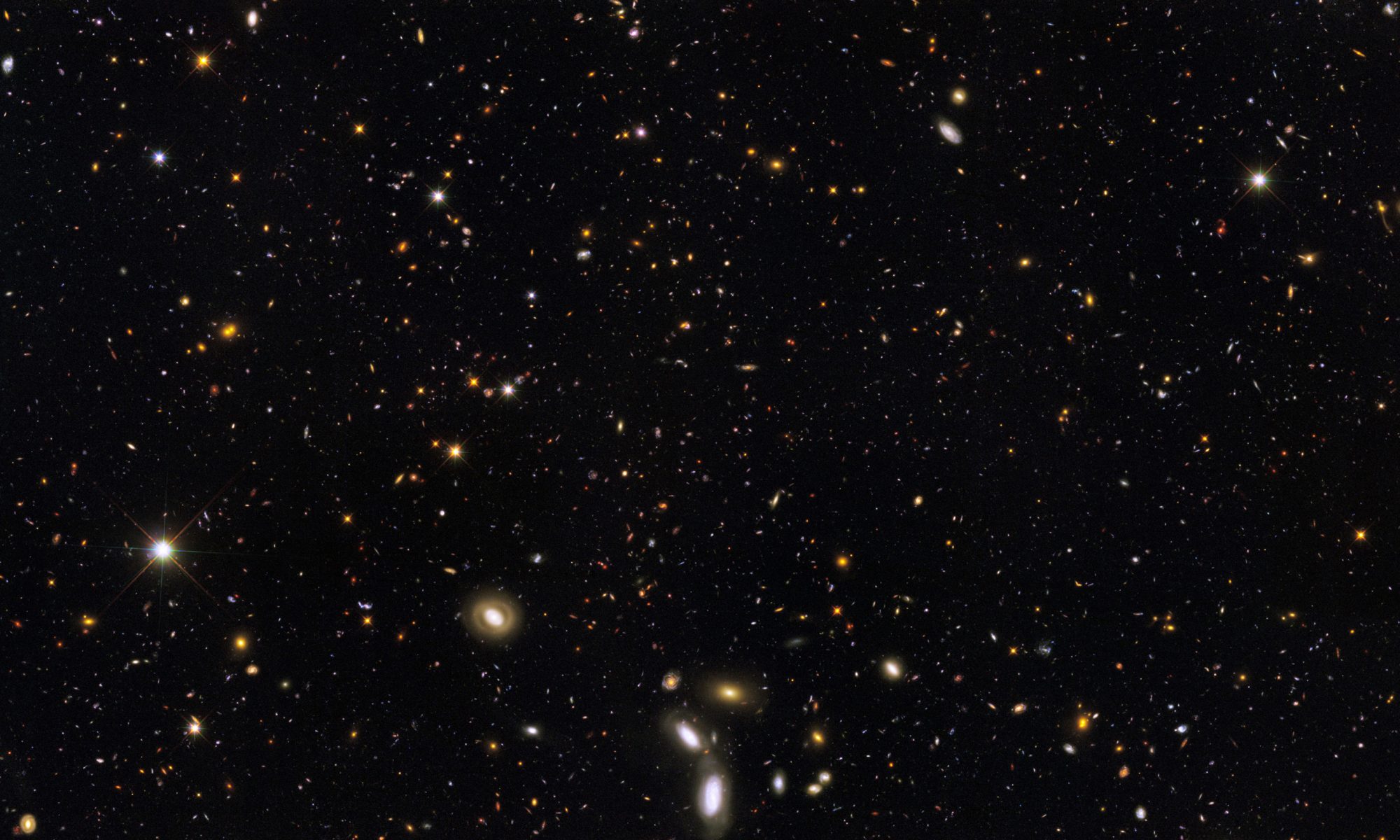Poetry moves. Successful poems contain a movement of some sort from one point to another, and this movement can be regulated by any number of devices to create a “logic” for the poem. Whether this logic offers clarity or obscurity is dependent on the poet, but the poet makes this decision. One of the most clarifying devices for movement is that based on the narrative structure, and it is also one of the oldest. The narrative traces its roots back to the oral tradition, in which a people’s history was translated from generation to generation by vocal memorization, often set to a language’s natural qualities. From “The Epic of Gilgamesh” through “The Odyssey,” “Beowulf,” and into contemporary poetics, the narrative structure has served to tell stories. Moving from A to B to C, a narrative structure often controls the movement of a poem in a logical and straightforward manner. Even in narratives in which the progression cannot necessarily be called logical, as in Mark Strand’s “The King” or Mary Ruefle’s “Full Moon,” the poet uses narrative to create an internal logic. Another common device for controlling the movement from beginning to end of a poem can be seen in the language the poet applies. In utilizing techniques such as rhythm, rhyme, syntax, and line breaks, the poet can control movement even without the imposition of a narrative structure. William Carlos William’s “This is Just to Say” presents a good example of this type of “logic,” or movement, with little imposition of narrative. ee cummings’ poem “loneliness” also exhibits this kind of control, primarily utilizing manipulation of syntax and semantics to effect movement in the poem through extreme deconstruction of the language. Poems which offer neither a primarily narrative structure nor a language-based structure can still present a movement from one point to another.
These poems often present a method of controlling the progression of movement, or “logic,” through image to invoke intuitive comprehension in the reader. Even if the reader does not clearly become aware of points A and B, or the transition between the two, the movement still occurs. It is this method of using image to control movement which this essay investigates.
Investigating several poems will offer the chance to understand more clearly how image can be used to control movement and logic, as opposed to the more traditional methods of narrative and language. Understanding these intuitive, a-logical, movements will create a space in which to utilize these methods in concert with narrative and language. In order to proceed with the investigation, shorter, less complex poems will be evaluated in order to establish basic qualities of this method of control. These shorter poems will be closely analyzed to prize out answers to questions about how images move from one to the next, what kinds of connections are drawn between images to drive the movement, and how the poet makes choices about these connections and the movement. The shorter poems include Ezra Pound’s “In a Station at the Metro,” and three translations each of Basho’s “Summer Grasses” and “Moon and Clouds.”[1] Once these basic principles are established, a longer poem will be evaluated to see how the principles stand up to incorporation with the other methods for controlling movement, as well as whether the a-logical control can be successful for poetics. This longer poem is John Ashbery’s “Self Portrait in a Convex Mirror,” which stands out for this kind of analysis.
Although Pound’s poem “In a Station of the Metro” is one of the most commonly used examples to interrogate the imagist movement, there are significant reasons behind this. The poem reads for only two lines, or three if the title is included, and is composed of only two images. The apparent simplicity belies the poem’s complexity, however. Evaluating the connections between the first and second lines, and the recursive resonating connections between the second and first lines, requires many more words than the fourteen the poem is composed of. The argument for using a poem this compressed in this kind of investigation is the ability to ignore extraneous information because there is not any. The two images in two lines allow the analysis to focus entirely on the interplay between them. A similar argument applies to examining the short form of haiku, which often places two images in comparison and contrast to each other. Pound’s poem and Basho’s haiku offer excellent entry points for evaluation of image as a control for the movement or logic in a poem.
[1] As the source provided no titles for these haiku, I have assigned these titles as the first lines differ between translations, and in order to provide a clear referent for them.

Excellent post thanks for sharing this. I enjoy reading your blog very much. Reading poems is something I truly enjoy. It’s very relaxing and soothing.
Raining Purple Rain – Haiku Poem